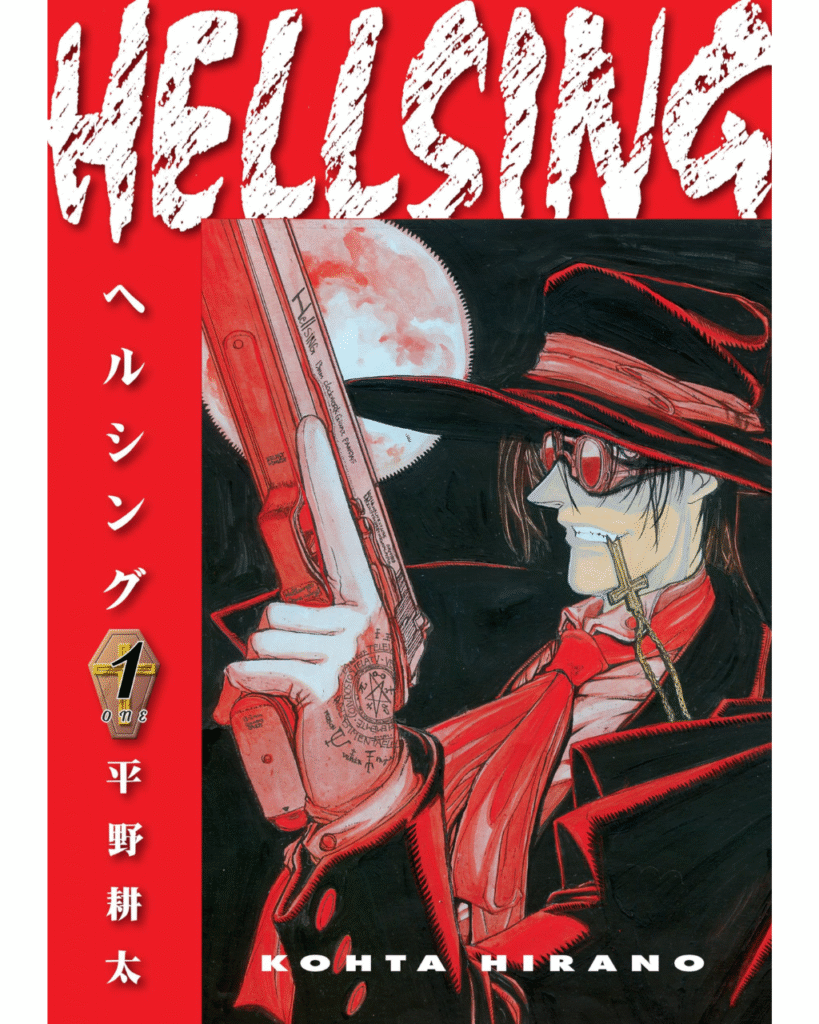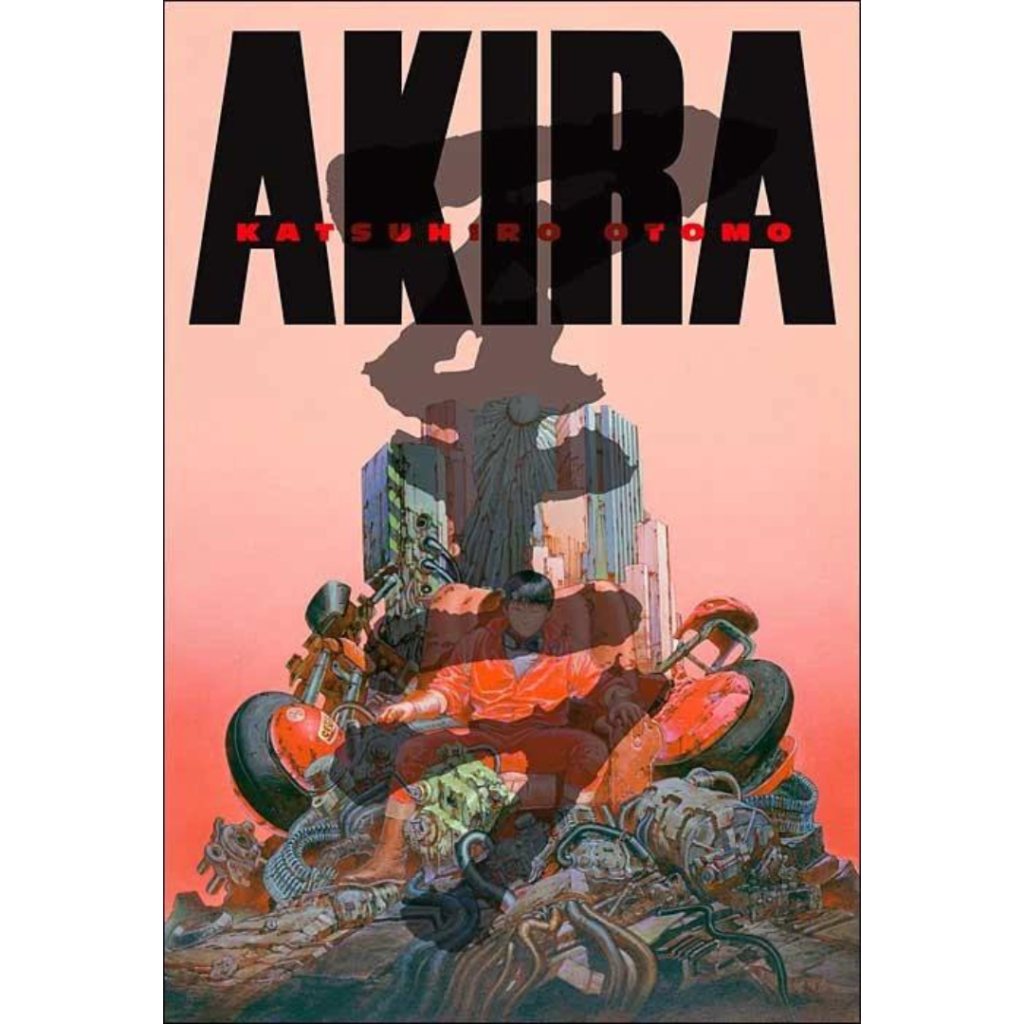
When Hellsing first dripped onto the manga scene in 1997, it didn’t just bite into the vampire genre, it ripped out its throat with a silver bullet. Created by Kouta Hirano, this ultra-violent, theological horror epic redefined gothic action with its over-the-top gore, Nazi vampire armies, and a protagonist who makes Dracula look tame. More than just bloodshed, Hellsing is a sermon on faith, nationalism, and the price of power, delivered with a smirk and a hail of gunfire.
The Plot: God, Guns, and Vampires
The story follows Alucard (Dracula spelled backward), a centuries-old vampire enslaved to the Hellsing Organization, Britain’s secret weapon against supernatural threats. Alongside his fledgling vampire partner Seras Victoria (a former policewoman turned badass) and their unflappable leader Integra Hellsing, they wage war against:
The Millennium Organization – A battalion of Nazi vampires led by the Major, a grinning madman who views war as “beautiful.”
Father Alexander Anderson – A fanatical Catholic priest with regenerating bayonets and a vendetta against Alucard.
The Vatican’s Iscariot Division – A holy hit squad caught in the crossfire.
What begins as monster of the week hunts escalates into all out supernatural warfare, culminating in London’s destruction and a philosophical showdown about free will vs. purpose.
Themes: Blood and Philosophy
The Nature of Monsters
Alucard, Seras, and the Major embody different paths of monstrosity:
Alucard – A demon who chooses servitude to atone for his sins.
Seras – A human clinging to her morality despite her hunger.
The Major – A human who worships violence as art.
Religion as a Weapon
The Vatican and Hellsing wield faith as ammunition, questioning who truly serves God, the hunters or the monsters?
Nationalism’s Curse
The Major’s obsession with war mirrors real world fascism, making Hellsing eerily prescient about modern extremism.
Art & Style: Hirano’s Chaotic Elegance
Hyper-Detailed Gore: Every gunshot, decapitation, and regeneration is rendered with splatterpunk precision.
Character Designs: Alucard’s red trench coat and grin are iconic; the Major’s glowing monocle oozes menace.
Panel Composition: Fight scenes flow like heavy metal album covers, with speed lines and dramatic shadows.
Characters: Saints and Sinners
Alucard: The ultimate antihero, charismatic, terrifying, and oddly tragic. His final form (a Lovecraftian abyss) questions if he’s a devil or a god.
Seras Victoria: One of manga’s best female leads. Her arc, from victim to vampire powerhouse, is cathartic.
The Major: Anime’s most chilling human villain. His “War is beautiful” speech is legendary.
Integra Hellsing: A cigar-chomping aristocrat who commands respect without superpowers.
Legacy: The Ripple Effect
Anime Adaptations: The 2001 anime (divergent) and Ultimate OVA (faithful) cemented its cult status.
Western Media: Influenced Castlevania, Bloodborne, and even Metal Gear Solid’s vampiric villains.
Fandom: Still inspires cosplays, AMVs, and debates about its ambiguous ending.
Final Verdict: A blood-soaked sermon on power and damnation that never loses its bite.
★★★★★ (5/5)
Hellsing is the ultimate vampire power fantasy, a symphony of bullets, blasphemy, and badassery that redefined gothic horror.
Best For: Fans of Berserk, Devilman Crybaby, or anyone who thinks Dracula needed more Nazi werewolves.
Flaws (Nitpicks):
Pacing – Early chapters feel disjointed before the Millennium arc.
Overindulgence – Some gore borders on self-parody.
Skip If: You dislike extreme violence or theological debates.

